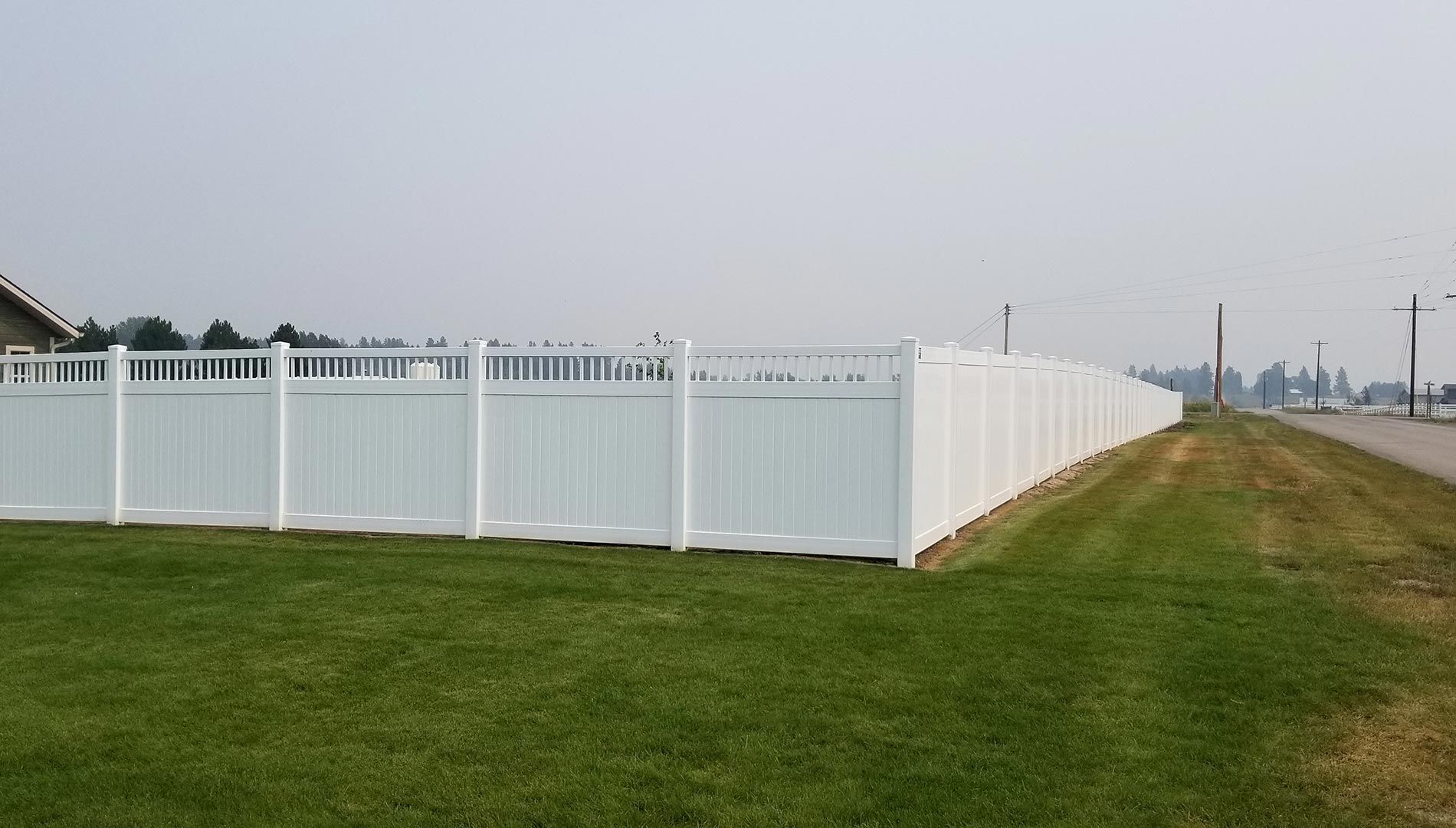Legal Standards for Installing Pool Fencing
When installing a pool fence, understanding local legal requirements is essential. Most states, including Idaho, have specific codes that regulate the height, material, and gate mechanisms for pool fencing to ensure safety and prevent accidents.
Here are some general guidelines you should follow when installing a pool fence:
- Height: A typical pool fence should be a minimum of 4 feet tall.
- Gates: Your pool fence gates should be self-closing and self-latching to prevent accidental openings.
- Spacing: The spacing between panels must be small enough to keep children and pets from squeezing through.
It’s always a good idea to consult with a professional or check local building codes to ensure your pool fence complies.
Best Materials for Pool Fencing
The material you choose for your pool fence plays a significant role in its durability, aesthetics, and cost. Here are some popular options:
- Aluminum: If you’re looking for a sleek, modern appearance, aluminum is lightweight, rust-resistant, and highly durable.
- Glass Panels: If you want to maintain an unobstructed view of your pool, glass panels are a safe and stylish choice, especially for luxury homes.
- Mesh Fencing: Mesh fences are cost-effective, easy to install, and can be taken down when no longer needed.
- Vinyl: Vinyl is a durable, low-maintenance option that offers a clean, classic look.
- Wrought Iron: Wrought iron fences are both elegant and timeless but require regular maintenance to avoid rust.
The best pool fence material depends on your preferences for durability, appearance, and maintenance requirements.
Ensuring Pool Safety with the Right Fence Features
When selecting a pool fence, make sure to focus on the safety features that are most important. Below are the key ones:
- Self-Closing Gates: Self-closing gates are crucial for preventing unauthorized access, automatically shutting and latching behind you.
- Non-Climbable Design: A non-climbable fence design is important to prevent children from using footholds to climb over.
- Sturdy Construction: Opt for materials that can withstand wear and tear, especially in outdoor environments.
- Locking Mechanisms: Locking mechanisms should be childproof and positioned high enough to be out of reach for young children.
Focusing on these safety features guarantees that your pool remains secure for everyone, including pets and children.
Balancing Safety with Style
You don’t have to sacrifice style for safety. Here’s how to create a pool fence that’s both functional and beautiful:
- Choose Neutral Colors: Black, white, or transparent materials like glass blend well with most outdoor spaces.
- Incorporate Landscaping: Incorporating landscaping features like shrubs, flowers, or rocks can help soften the look of your fence.
- Custom Designs: Work with a fencing professional to create unique patterns or shapes that suit your property’s style.
Your pool fence can be both secure and visually appealing by focusing on design and safety equally.

